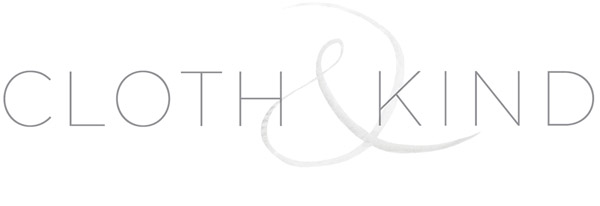By Rachael Bell
To pull off an interior design project of any scale, you've got to have a thoughtful project management process and the right tools in place to execute that process. Whether you're a solo-preneur doing all the things on your own, or you've got a team of detail-oriented staff to support you, we hope you find these tips and tools from our own interior design studio to be helpful!
A seemingly natural first step - establish a process and write it down. While no project is the same, we promise you'll find plenty of consistencies amongst each project once you start looking. If you have a clear process to follow for those repetitive tasks, you'll be more confident in your work, efficient in your delivery, and ultimately more successful. Less gut reaction, more intention.
There’s something about a pen + paper to-do list, and that feeling when you strike something off once completed. Ahhh so good. But we must say, Asana’s digital version of that, complete with flying unicorns and extra celebratory flair upon task completion, comes pretty dang close. Asana is a task management system that we use to tackle all the to-dos for design projects, running the business, and everything in between. It serves as our project checklist, our timeline, and our internal communication system. Remember that process we mentioned? We've even gone so far as converting our project management process into an Asana template that we duplicate at the onset of each design project. The template holds all of the necessary tasks for the project, from start to completion, that various members of the team will need to complete. It took our process from a document (that we quite frankly didn't look at again after training) to actionable tasks that our team members could be accountable for achieving. Even if you're managing projects on your own without any support staff, Asana is a great tool to keep all of the gears turning for each project so that you meet your deadlines and exceed client expectations.
Organization
"This is big one for me as I need all my ducks in a row! We are currently managing numerous projects, all in various stages of completion. Clear organization helps in keeping projects running smoothly and with out any confusion to budget or timeliness."
Kevin Walsh, Bear Hill Interiors
Google Sheets (in fact, we swear by G Suite in its entirety for helping our business run smoothly) is another tool we use throughout an entire project in numerous applications. We begin in a Sheet to establish the project budget. As we're sourcing product, we're updating that budget to show actual products costs as a means of holding the design team accountable to the budget and communicating to the client where we're allocating those agreed upon funds. After specification, all selections go into a Google sheet in the form of schedules or deliverables. We have a schedule for just about everything - paint, lighting, art, plumbing fixtures, existing furnishings to be used, etc. Whether we're facilitating the purchase of these items (like lighting) or the contractor or client is purchasing (like plumbing fixtures) we want all details to be thoroughly organized and presented in such a way that clearly represents our intended design. We use a coding system to link items in schedules to floor plans and elevations, the budget, design boards, and ultimately items on a proposal. It’s like creating a roadmap that anyone touching the project can follow!
ABOVE // Example floor plan with item codes that correspond to the design board for the room, designed by CLOTH & KIND.
Our interior design studio LIVES by Studio Designer. We've found no other platform that is all inclusive of our needs for managing projects, facilitating sales, purchasing goods, communicating with clients, accounting, reporting, and more. Studio Designer was founded by Keith Granet (author of two must-read books that you can find here and here) who cut his teeth in the industry working directly with Arthur Gensler at Gensler. He knows the interior design business inside and out, and the platform that he built is evidence of that. With Studio Designer we can formulate proposals for clients to see all selections to be purchased through our firm. We can clearly communicate to vendors our desired, often highly custom, product. We can track the logistics of every bolt and bauble that's shipping here or there. Through the expediting features, we can keep our finger on the pulse of our timeline for completion. Not to mention we can track every penny of income, cost, and profit.
ABOVE // A completed space by CLOTH & KIND.
Do you use these tools, or others? We’re curious! And since we’re going to be expanding our interior designer-centric content on the blog we’d love to know if posts like this are interesting and helpful to you. Leave a comment below or shoot us an email at showroom@clothandkind.com.









